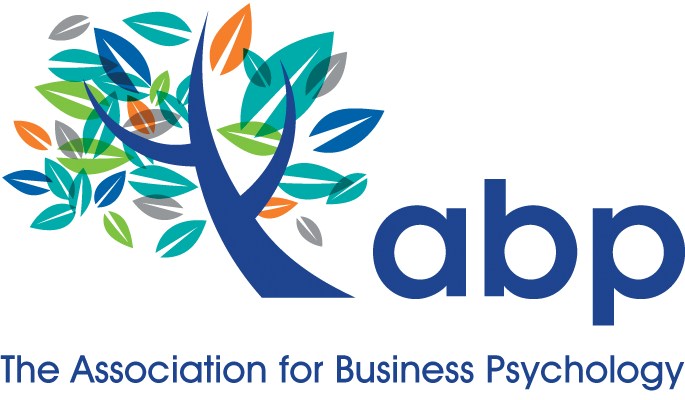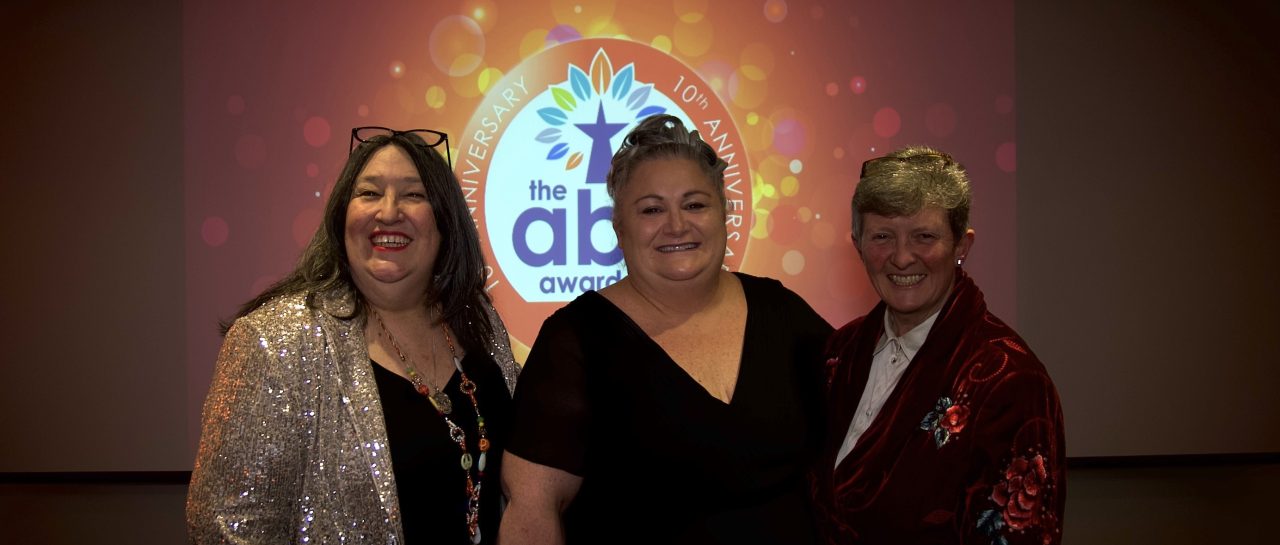As we enter 2025, we are excited to share our vision for the year ahead with the Association for Business Psychology (ABP) community. This year, the theme of Guardianship and Growth remains at the heart of everything we do, driving us to uphold the integrity of…

Authored by Charlotte Housden ahead of her session – ‘Using humour and playfulness to make our work more impactful. When to use it and when to steer clear.’
If I could offer you a way to have more impact, would you try it? But what do I mean by ‘impact’? Well, how about building better relationships, encouraging new mindsets, helping others to be more creative or positively influencing the outcome of your interventions at work? So, what is this magic sauce that I’m offering? I want to talk about playfulness and humour.
Humour and playfulness can get a bad rap in the workplace. Clearly playfulness should be confined to the playground. Don’t we need to grow out of it when we enter the world of work? And humour? Well that’s just the worrying territory of bad punchlines and awkward moments, isn’t it?
if this is the limit of our thinking, then we’re missing a trick. Being playful can encourage creativity and help leaders, managers and employees to bring different perspectives on the challenges they face. Humour has many facets that goes far beyond a good memory for bad jokes, helping us to build stronger and more trusting relationships. It was Victor Borge who once said that “laughter is the closest distance between two people.” Perhaps humour and playfulness deserve a closer look?
Last year I was writing a long form academic essay on humour and playfulness for a qualification I was taking. During the literature research I came across a number of research projects, thoughts and ideas that I will share with you now as they might help us reflect on this topic.
Researchers say that humour can offer a healthy way of distancing ourselves from problems, helping to bring perspective (May, 2009) as well as emotional levelling that brings people together and helps them to connect (Ludlow, 2022). Others note that laughter can create positive coping strategies and encourage creativity (Lockwood and O’Connor, 2016) and it supports collaborative negotiations and better customer relationships (Cooper and Sosik, 2012).
Playfulness can encourage communication, understanding and self-awareness (Wheeler and Layman, 2023), build social bonds (Aron et al., 2000), as well as emotional resilience and increased happiness (Proyer, 2013). It can also help us break out of our usual patterns and address some of the most complex challenges that we face on our planet today. For example, Wheeler (in Lancer et al., 2022) says that playfulness helps us to “take multiple perspectives… to experiment with the unusual, the periphery, the unexpected.”
So far, so good.
Then perhaps if we were to count to ten and simultaneously jump into the sandpit of playfulness and humour, miraculously we’d improve business performance overnight and
revolutionise the quality of life at work. Or am I overplaying this… just a tad? And whilst we’re being cautious, aren’t there risks attached that we ought to know about?
During the research I came to the conclusion that I hadn’t been paying enough attention to the downsides of humour and playfulness at work. As anyone who knows me will agree, I’ve been channelling both for decades in my consulting and coaching practice. But what are the potential downsides that I was blissfully ignoring?
The literature says that issues can range from using humour to disguise inappropriate probing, or creating power dynamics, belittling or focusing on superiority, ‘laughing at’ rather than laughing with’ others – this last one can potentially damage trust in relationships, for example. Fit and congruence with organisational culture or personality is also key here, as is our awareness and maturity in using playfulness and humour. So, to sum up, we need to use them judiciously.
Well now we know. They can be useful but sometimes they aren’t! So, how do we work out when to channel them for good effect? When is the right time to dial them back? What is the best way to make those choices in our work and with our colleagues? This is where I leave you with a bit of a cliff hanger! I’d be delighted to tell all about when to step in and when to step away from humour and playfulness in a FREE ABP session on the 6th September.
During the workshop I’ll share more about the benefits and the risks of using them both, along with a reflection model that I’ve developed to help us make the right choices in our work. We will also have an opportunity try out a facilitation tool called Liminal Muse Conversation Cards, which will encourage us to release our inner playfulness and creativity. I hope you’ll join me.
To find out more about this session and to book your place, please click here.
Charlotte is a Chartered Coaching and Occupational Psychologist who has supported organisational leaders for 30 years. She has worked at a global Management Consultancy, as well as heading up leadership development functions in a number of organisations. She now runs a consulting and coaching practice working with clients to build leadership development, coaching and talent management programmes, as well as coaching executives across the world. She has written a self-coaching book on how to navigate change called Swim Jump Fly, which is based on interviews with 100+ people in 27 countries. She also regularly writes for a number of professional publications.
References:
Aron, A., Norman, A. A., Aaron, E. N., McKenna, C., & Heyman, R. E. (2000). Couples’ shared participation in novel and arousing activities and experienced relationship quality. Journal of
Personality and Social Psychology, 78(2), 273–284. https://doi.org/10.1037//0022- 3514.78.2.273
Cooper, C.D. & Sosik, J.J. (2012). The laughter advantage: Cultivating high-quality connections and workplace outcomes through humor. The Oxford Handbook of Positive Organizational Scholarship. Oxford University Press. 10.1093/oxfordhb/9780199734610.013.0036
Lancer, N., Wheeler, S., Love, D. & Sheather, A. (2022). How can coaching help me be more creative? The Coaching Psychology Pod, 1(8). https://www.bps.org.uk/member- networks/division-coaching-psychology
Lockwood, R. & O’Connor, S. (2016): Playfulness in adults: an examination of play and playfulness and their implications for coaching. Coaching: An International Journal of Theory, Research and Practice, 1-12. https://doi.org/10.1080/17521882.2016.1268636
Ludlow, I. C. (2022). Humour In Psychoanalysis and Coaching Supervision: From Life to Interventions. Routledge. https://www.amazon.co.uk/Humour-Psychoanalysis-Coaching- Supervision-Interventions/dp/0367723093
May, R. (2009). Man′s Search for Himself. W. W. Norton & Co. https://www.amazon.co.uk/Mans-Search-Himself-Rollo-May/dp/0393333159
Proyer, R. T. & Jehle, N. (2013). The basic components of adult playfulness and their relation with personality: The hierarchical factor structure of seventeen instruments. Personality and Individual Differences, 55(7), 811-816. https://doi.org/10.1016/j.paid.2013.07.010
Wheeler, S. & Leyman, T. (2023). Playfulness in coaching: Exploring our untapped potential through playfulness, creativity and imagination. Routledge. https://www.amazon.co.uk/Playfulness-Coaching-Exploring-Creativity- Imagination/dp/0367548488



